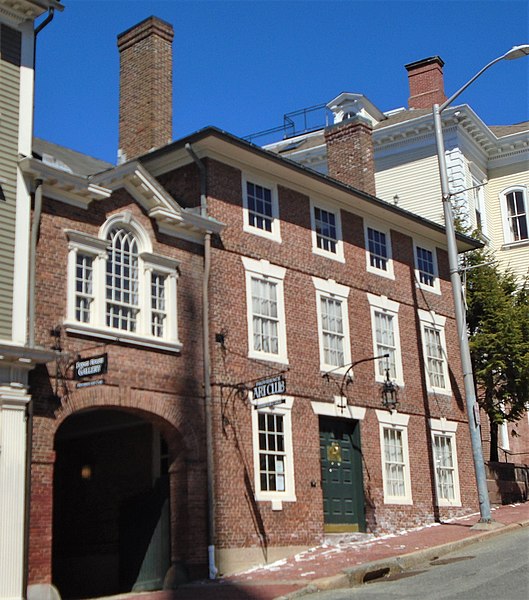Edward Mitchell Bannister
Edward Mitchell Bannister was a Canadian–American oil painter of the American Barbizon school. Born in colonial New Brunswick, he spent his adult life in New England in the United States. There, along with his wife Christiana Carteaux, he was a prominent member of African-American cultural and political communities, such as the Boston abolition movement. Bannister received national recognition after he won a first prize in painting at the 1876 Philadelphia Centennial Exhibition. He was also a founding member of the Providence Art Club and the Rhode Island School of Design.
Bannister, c. 1880
Masthead of The Liberator, 1861
Portrait of Christiana Carteaux Bannister, Edward Mitchell Bannister, c. 1860
The Twelfth Baptist Church, where Bannister and Carteaux were members
The Providence Art Club, Thomas Street, Providence, Rhode Island, was founded in 1880. An art club is an organization for artists and the community to engage and collaborate with each other in a shared space dedicated to art and culture. The Providence Art Club has studios, galleries, eateries, and a clubhouse in a "picturesque procession of historic houses," which are across the street from the First Baptist Church in America.[1] The buildings occupied by the Providence Art Club include Brick House, the two Seril Dodge Houses at 10 and 11 Thomas Street, Deacon Taylor House, and Fleur De Lys Studio.
Fleur-de-Lys Studios
Early Providence Art Club members, circa 1890. Sydney Burleigh sits at right.
The former Seril Dodge House at 11 Thomas Street has been the club's headquarters since 1887







